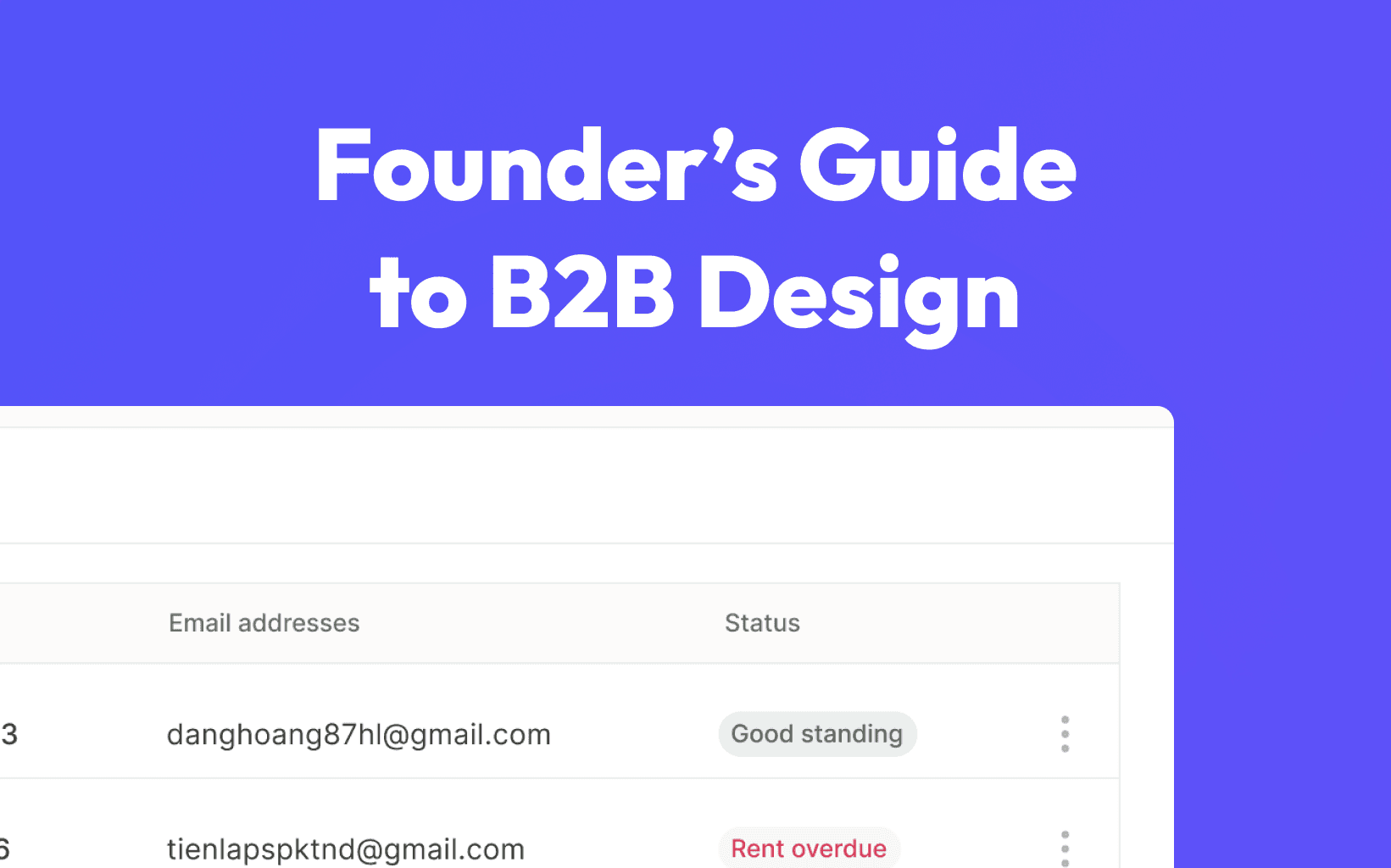
7 min
Lean product development is often hailed as the golden ticket for startups aiming to make a significant impact with limited resources. Yet, it's frequently misunderstood, leading many founders astray. This article sets the record straight and explores how to effectively apply lean principles to your startup, illuminated by real-world successes.
Debunking Common Misconceptions
Misunderstanding what a MVP really is
Many believe lean means reducing your product to its bare bones. However, it’s about focusing on creating value through the right features. Dropbox didn’t start by building all the features of a full-fledged file storage and sharing service. Instead, they released a simple but highly effective MVP that solved a core problem—easy file syncing—and expanded based on user demand.
Here’s a video of Dropbox's very first product demo:
Putting speed over quality
Lean isn't about haste; it’s about balance—speed paired with quality. Instagram initially focused on being a highly efficient mobile photography app with just enough social features to make it engaging, rather than launching with the full set of social networking features. This approach ensured they didn't compromise on performance or user experience.
Overlooking customer feedback early on
Ignoring early customer feedback is a major mistake in lean development. The philosophy revolves around this feedback. Tesla continually updates its vehicle software based on user data and feedback, significantly improving functionality and user satisfaction without waiting for new models.
Core Principles of Lean Product Development

Embrace the Build-Measure-Learn Loop
This fundamental loop involves building a minimal yet functional version of your product, measuring how it performs, and learning from real user interactions. Zappos began by photographing shoes in stores to test market interest before investing in inventory, proving demand with minimal upfront costs.
Focus on Validated Learning
Lean insists on using direct customer feedback to confirm your decisions. Buffer, an app for scheduling social media posts, started by gauging interest through a landing page before the product was built, validating the market need with minimal effort.
Iterate Relentlessly
Release your product in phases, allowing you to adapt based on feedback. Spotify initially launched as a closed beta, slowly rolling out changes as they learned more about listener habits and preferences, which guided their development priorities.
Implementing Lean Principles Effectively
Define Your MVP
Identify the essential features that solve real problems for your customers and get this version out quickly. Airbnb started by offering short-term housing rentals for conference attendees, a simple concept that addressed a clear customer need, which they expanded upon over time.
Engage with Customers Continuously
Keep a close ear to the ground. Slack’s early development was heavily feedback-driven, with the company inviting small groups of users to test changes and suggest improvements.
There are also tools like Cycle that help you stay on top of customer feedback.
Measure and Adapt Based on Feedback
Set clear metrics for success and adjust your development efforts based on what these metrics tell you. Netflix uses vast amounts of user data to make decisions about which shows to produce and how to improve the user interface, always aligning with what users enjoy and engage with the most.
Tools like posthog.com can immensely help you get those interactions on record.

Conclusion
Lean product development isn’t just about doing more with less; it’s about being smarter and more customer-focused in how you build your product. It’s a strategy that demands balance, insight, and above all, a rigorous commitment to engaging with and learning from your customers.
In the end, you need to evaluate your own product development efforts. Are they truly lean? Are you consistently applying these principles? Maybe it's time for a lean audit to refine your approach and ensure you’re on the path to creating something truly great.




